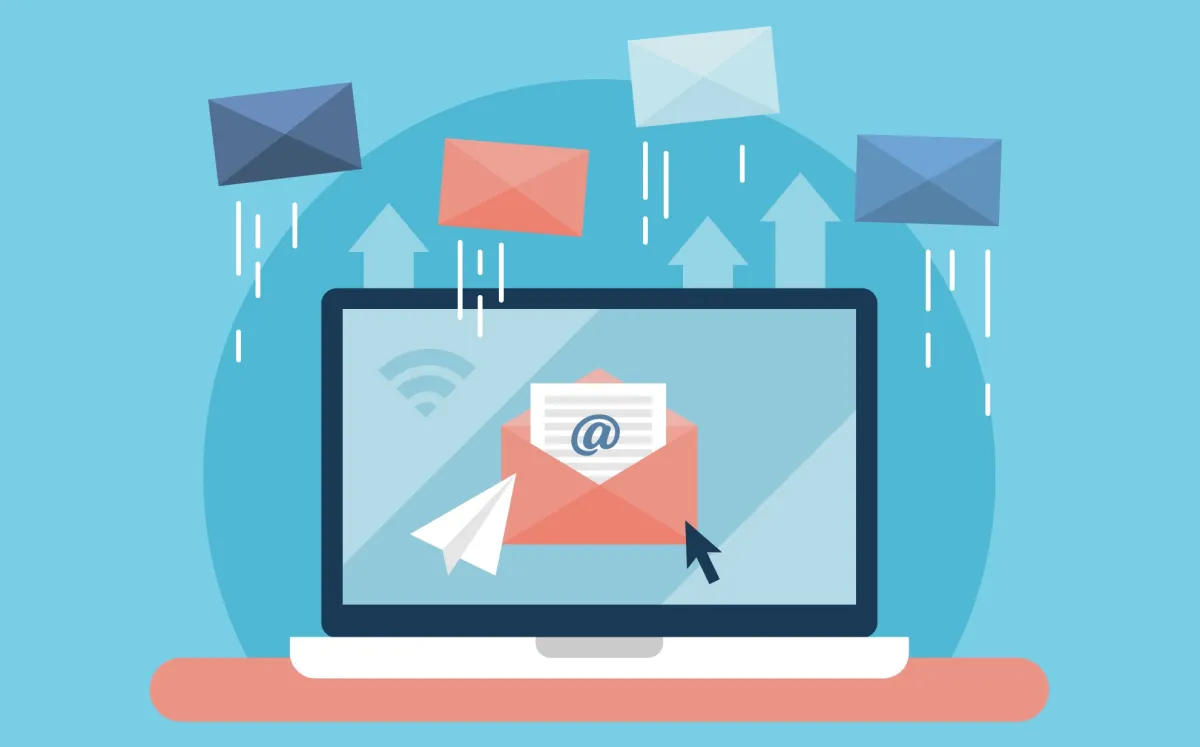“How do you do email marketing effectively?” It’s a question that stumps many business owners who watch their emails go unopened or, worse, straight to spam. With inboxes becoming increasingly crowded and attention spans growing shorter, standing out and engaging your audience through email can feel like an uphill battle.
But here’s the good news: email marketing doesn’t have to be complicated or overwhelming.
This practical guide will walk you through the essential steps to start and run email campaigns that actually get results.
Understanding Email Marketing Basics

Think of email marketing as having a direct line to your customers’ inboxes – but it’s much more than just sending mass emails. Modern email marketing combines personalized messaging, strategic timing, and valuable content to build lasting relationships with your audience.
Whether you’re a small business owner or a marketing professional, understanding these basics will set the foundation for your success.
Why Email Marketing Still Works
Unlike social media where your posts might get lost in the algorithm, email marketing puts you in control of when and how you reach your audience.
Consider these facts:
- Emails reach 1.5x the number of social media users.
- On Facebook, organic social reach has been declining, with research showing that just 0.07% of a page’s fans engage with the average organic post.
- The average person checks their email 10 times per day
- Email generates $44.25 for every $1 spent on average
- People actually prefer to receive updates from brands via email over other channels
What You Really Need to Get Started
You don’t need a huge budget or technical expertise to start. Here’s the basic toolkit:
- An email marketing platform (like DailyStory)
- A way to collect email addresses (usually a simple form on your website)
- Content ideas for your first few emails
- Understanding of basic email regulations (like including an unsubscribe option)
Email marketing isn’t about blasting promotional messages to everyone on your list. It’s about delivering the right content to interested people who’ve given you permission to contact them. When done right, it becomes one of your most reliable marketing channels. It has been shown that people actually like to receive email updates from brand they know and trust. But this must be done right.
Step 1: Setting Up Your Email Marketing Platform
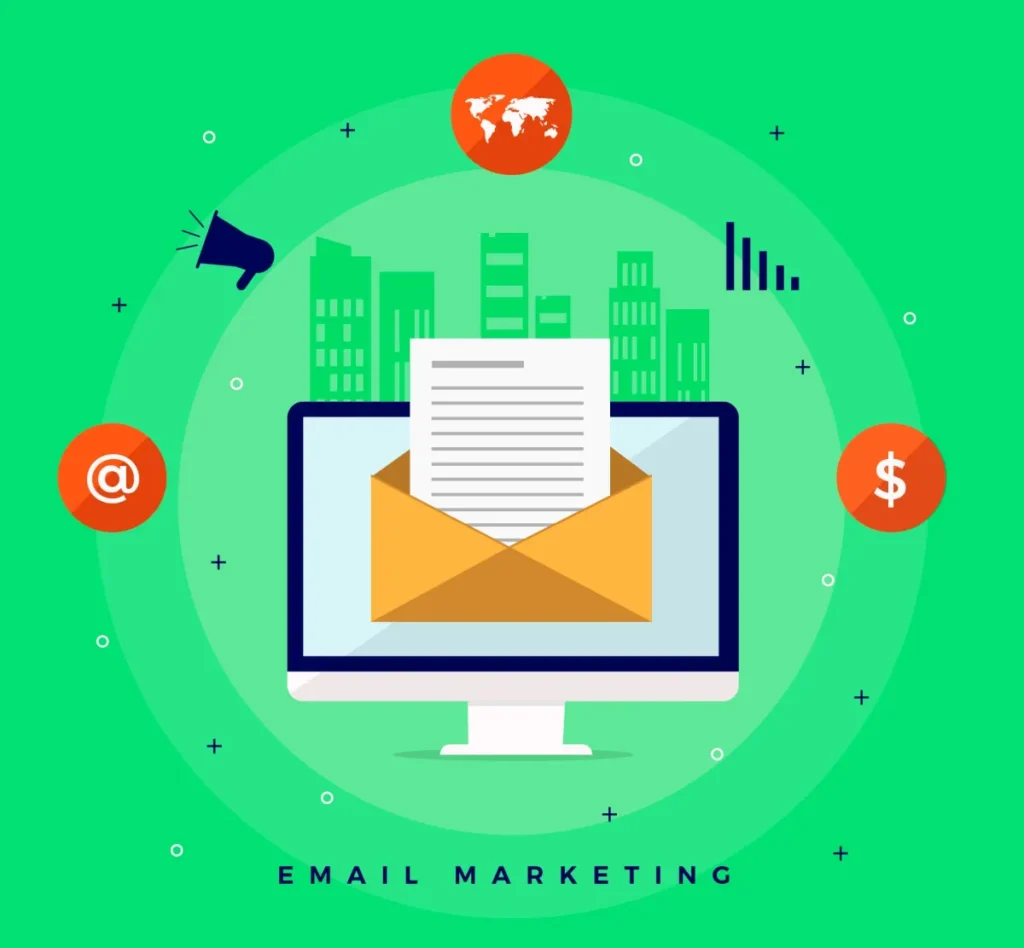
Choosing and setting up your email marketing platform is like picking out your digital workspace. While it might seem overwhelming at first, modern platforms have made this process surprisingly straightforward.
Let’s break down exactly what you need to do.
Choosing Your Platform
Start by evaluating platforms based on these essential features:
- Drag-and-drop email designer (so you don’t need coding skills)
- Pre-built email templates (to save time and ensure professional looks)
- List management tools (to keep your contacts organized)
- Basic automation capabilities (for welcome emails and follow-ups)
- Analytics dashboard (to track your results)
- Good deliverability rates (to ensure emails reach inboxes)
- Free plan or trial option (to test before committing)
Your Setup Checklist
Once you’ve chosen your platform, follow these steps:
- Account Creation
- Sign up with your business email
- Verify your email address
- Complete your business profile
- Add your company branding
- Technical Setup
- Set up domain authentication (SPF/DKIM records)
- Configure your “From” name and email address
- Set your default time zone
- Add team members if needed
- First Steps
- Import existing contacts (if you have them)
- Create your first email list
- Set up a basic sign-up form
- Test your first email delivery
Common Setup Mistakes to Avoid
- Don’t skip domain authentication – it’s crucial for deliverability
- Avoid using no-reply email addresses – they feel impersonal
- Don’t import old or unverified email lists
- Never start sending without testing
Pro Tip: Platforms like DailyStory offer guided setup processes that walk you through each step, making it easier to get started without missing crucial setup elements.
Step 2: Building Your First Email List
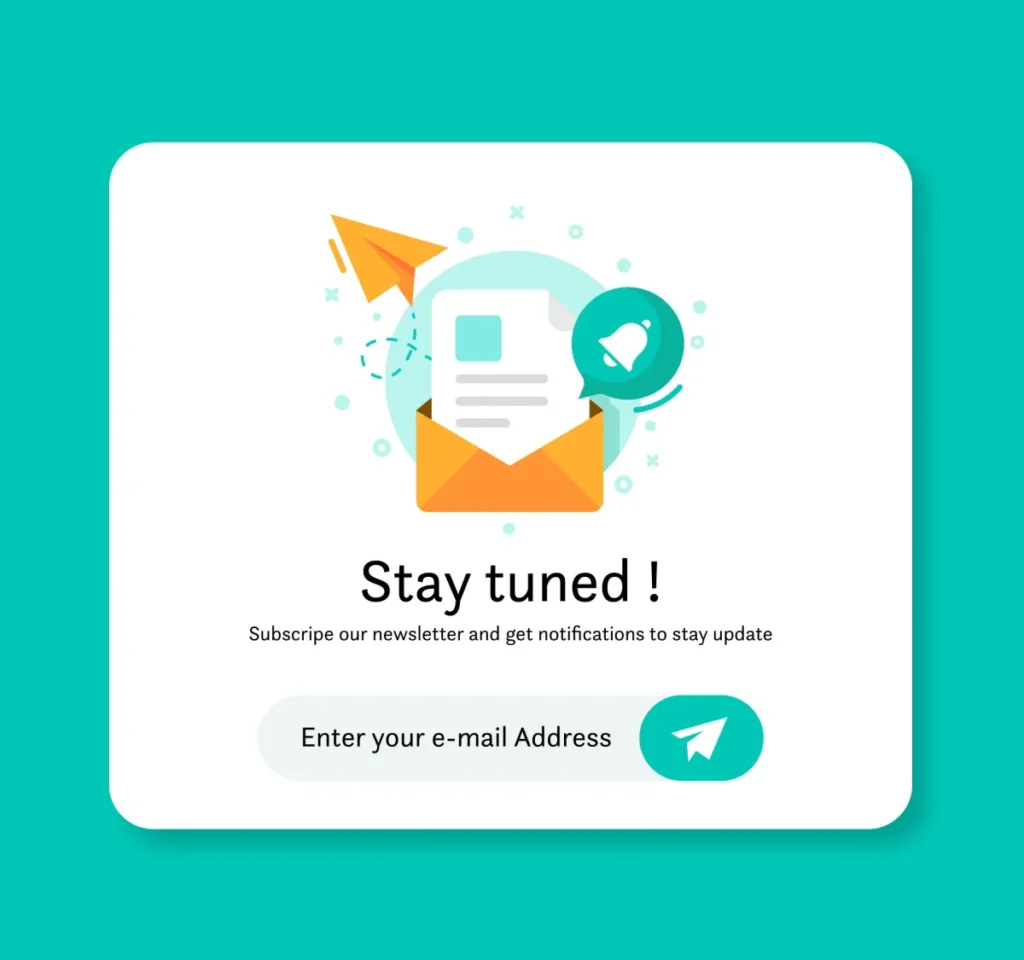
Growing your email list is like building a community of interested customers. The key is to focus on attracting people who genuinely want to hear from you, not just collecting email addresses. Here’s how to build a quality list from scratch.
Creating High-Converting Sign-Up Forms
Your sign-up forms need to be both visible and compelling. Here’s how to set them up:
- Choose Strategic Locations
- Homepage header or footer (40% of conversions happen here)
- Exit-intent popup (the average conversion rate of a popup is anywhere from 11% or 3%. It is possible to achieve 50%. However, that is rare.)
- After blog posts (readers are already engaged)
- Checkout process (they’re already interested in your business)
- Landing pages (target specific audiences)
- Design Your Forms
- Keep fields minimal (name and email only)
- Make the value proposition clear
- Use action-oriented button text (“Get My Free Guide” vs “Submit”)
- Ensure mobile responsiveness
- Include GDPR compliance checkboxes if needed
Offering the Right Incentives
People need a compelling reason to share their email. Here are proven incentives that work:
- Content-Based Incentives
- Industry guides or reports
- Checklists and templates
- Video tutorials
- Expert interviews
- Educational email courses
- Personalized assessments or quizzes
- Promotion-Based Incentives
- First-time purchase discount
- Free shipping offer (can convert up to 7.9% of subscribers)
- Early access to sales
- Exclusive member content
- Birthday rewards
- Loyalty program points (can achieve open rates of up to 17%)
- Referral bonuses (e.g., $100 gift card for successful referrals)
- Value-Added Incentives
- Time-Sensitive Offers
When implementing these incentives, it’s crucial to:
- Personalize rewards based on customer data and preferences
- Keep the incentive program simple and easy to understand
- Continuously test and refine your approach based on performance data
- Ensure that the incentives offer real value to customers while maintaining profitability
By strategically using these incentives, businesses can significantly increase email sign-ups, boost engagement, and drive conversions. Remember that the effectiveness of each incentive may vary depending on your specific audience and industry, so it’s essential to test and optimize your approach over time.
List Building Don’ts
- Never buy email lists
- Don’t use pre-checked subscription boxes
- Avoid hiding unsubscribe options
- Don’t ask for unnecessary information
- Never add people without permission
Pro Tip: Use tools like DailyStory’s popup forms and A/B testing features to optimize your sign-up process. Test different incentives and form placements to see what works best for your audience.
Quick Start Actions
- Create one simple sign-up form
- Place it in your website’s top-performing page
- Offer one clear incentive
- Set up an immediate thank-you message
- Monitor conversion rates
Remember: A smaller, engaged list is far more valuable than a large, uninterested one. Focus on attracting subscribers who align with your target audience.
Step 3: Creating Your First Email Campaign
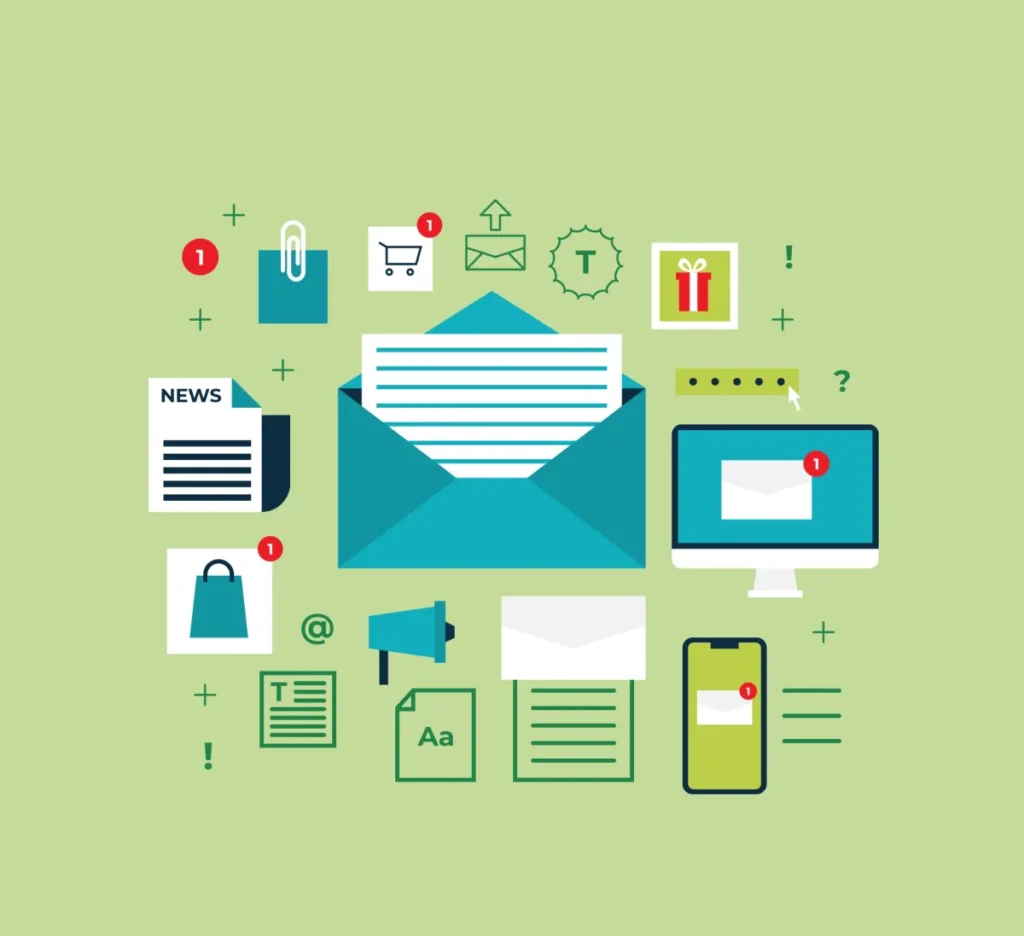
Your first email campaign sets the tone for your entire email marketing journey. Let’s break down the process into manageable steps that ensure your first campaign makes a strong impression.
Planning Your Campaign
Before you start designing, answer these key questions:
- What’s the main goal of this email? (welcome, inform, sell, etc.)
- Who’s your target audience? (new subscribers, existing customers, etc.)
- What action do you want readers to take? (click, buy, share, etc.)
- When’s the best time to send? (consider your audience’s schedule)
Writing Subject Lines That Get Opens
Your subject line is your email’s first impression. Here’s how to nail it:
Do’s:
- Keep it under 50 characters
- Use urgency when relevant (“24 hours left…”)
- Include specifics (“5 Tips” rather than “Tips”)
- Personalize when possible (use recipient’s name)
Don’ts:
- Avoid ALL CAPS
- Skip the excessive punctuation!!!
- Don’t use clickbait
- Never mislead subscribers
Designing Your Email
Modern email platforms like DailyStory make design simple with drag-and-drop editors. Follow these guidelines:
- Structure
- Clear hierarchy of information
- Short paragraphs (2-3 sentences max)
- Plenty of white space
- Mobile-responsive layout
- Essential Elements
- Company logo at the top
- Compelling header image
- Scannable content blocks
- Clear call-to-action buttons
- Footer with required links
Writing Your Content
Follow this proven email structure:
- Opening (2-3 sentences)
- Hook their attention
- State the purpose
- Preview the value
- Main Content (2-3 paragraphs)
- Deliver on your promise
- Use bullet points for easy scanning
- Include relevant details
- Call-to-Action
- Make it obvious
- Use action words
- Create urgency when appropriate
Pre-Send Checklist
✓ Test all links ✓ Preview on mobile and desktop ✓ Send a test email to yourself ✓ Check for typos ✓ Verify merge tags work ✓ Confirm unsubscribe link works
Pro Tip: Start with a welcome email series. It’s the perfect way to introduce your brand and set expectations for future communications. DailyStory’s pre-built templates make this especially easy to set up.
Step 4: Setting Up Basic Automation
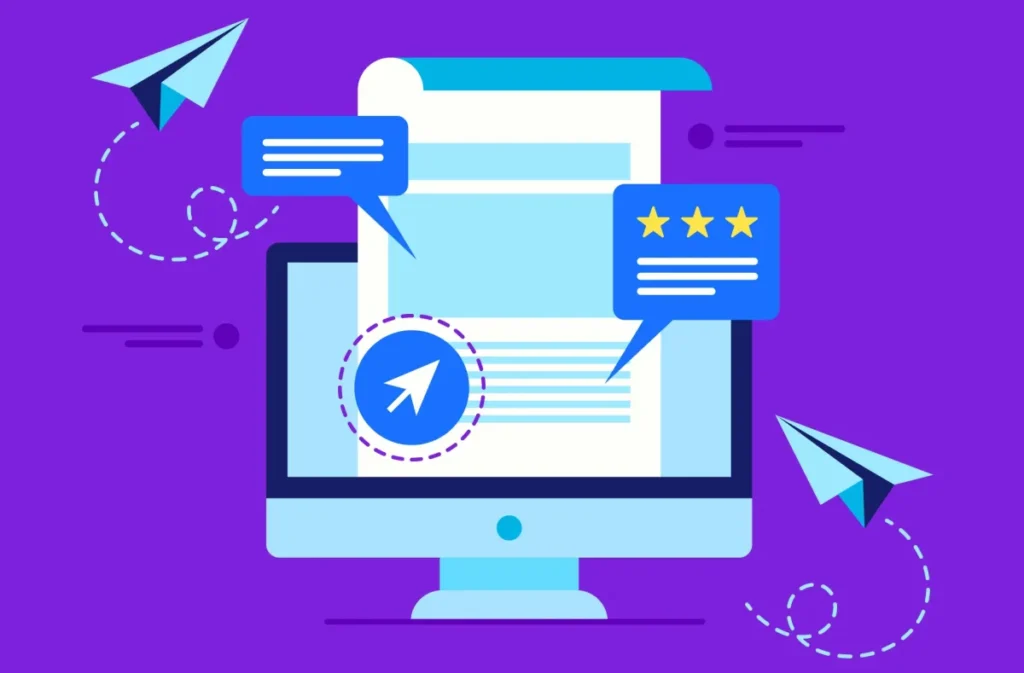
Start with these essential automated emails:
- Welcome sequence
- Thank new subscribers
- Introduce your brand
- Set expectations for future emails
- Basic follow-ups
- Post-purchase emails
- Engagement reminders
- Birthday or anniversary messages
Step 5: Tracking Your Results
![]()
Monitor these key metrics to understand your performance:
- Open rate: How many people open your emails
- Click rate: How many click on your links
- Unsubscribe rate: How many people opt out
- Conversion rate: How many take your desired action
Step 6: Optimizing Your Campaigns
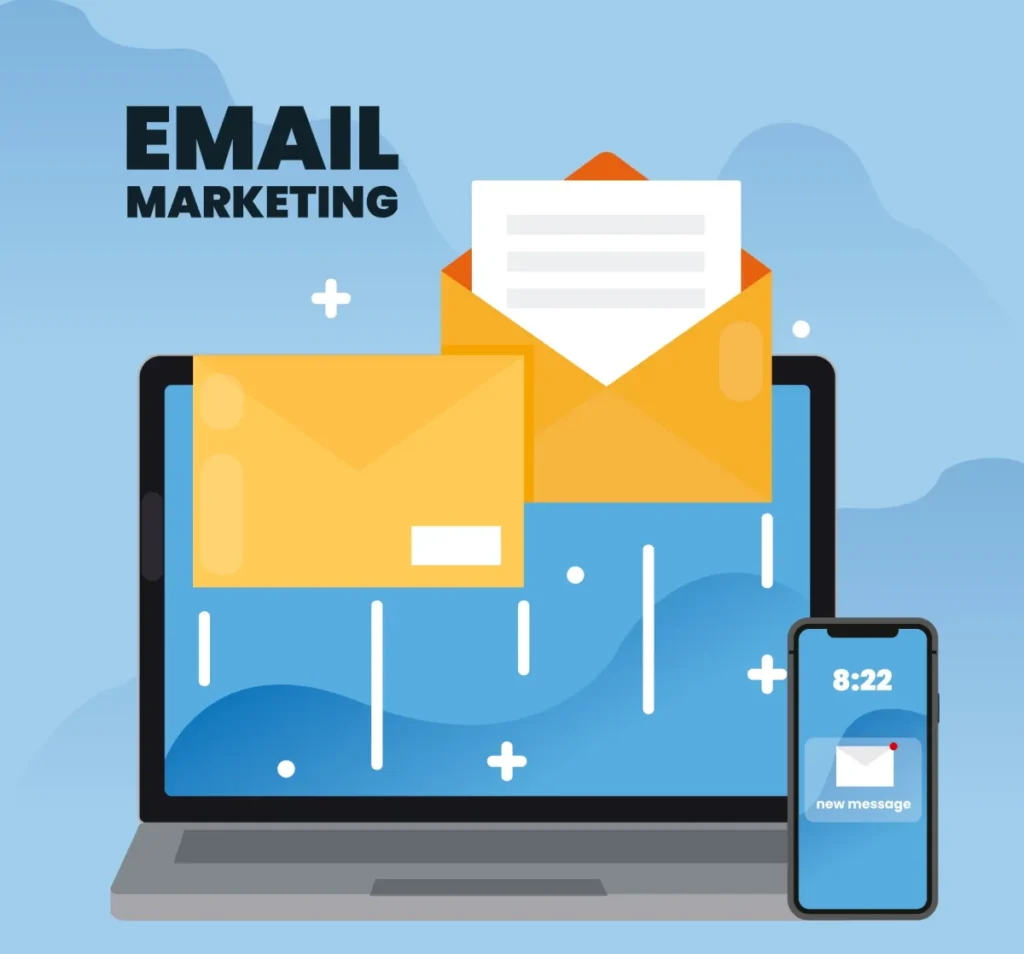
Now that your campaigns are running, it’s time to fine-tune them for better performance. Think of optimization as your continuous improvement cycle – small tweaks can lead to significant results over time.
Understanding What to Optimize
Focus on these key areas for the biggest impact:
- Open Rates
- Test different subject lines
- Experiment with sender names
- Try different send times
- Segment your audience better
- Click-Through Rates
- Optimize button placement
- Test different CTA text
- Try various content formats
- Adjust email length
- Conversion Rates
- Improve landing page alignment
- Test different offers
- Optimize call-to-action placement
- Strengthen your value proposition
Running Effective Tests
Follow these steps for meaningful results:
- Choose One Variable
- Test subject lines OR send times (not both)
- Keep everything else identical
- Run the test for at least 1,000 subscribers
- Document your results
- Common Elements to Test
- Subject line variations
- Preview text options
- Email send times
- CTA button colors
- Content length
- Image placement
Quick Optimization Wins
Start with these proven tactics:
- Subject Lines
- Add personalization (23% higher open rates)
- Use numbers when relevant
- Keep length between 40-50 characters
- Include action words
- Email Design
- Place primary CTA above the fold
- Use white space effectively
- Ensure mobile responsiveness
- Break up text with headers
- Content Structure
- Lead with the most important info
- Use bullet points for scanning
- Keep paragraphs short (2-3 lines)
- Include a clear next step
Pro Tip: Use DailyStory’s A/B testing features to automatically test different versions of your emails and learn what works best for your audience.
Signs It’s Time to Optimize
- Open rates below industry average
- Declining click-through rates
- High unsubscribe rates
- Low conversion rates
- Dropping engagement over time
Remember: Optimization is an ongoing process. Make one change at a time, measure the results, and keep what works. Don’t be afraid to experiment – even unsuccessful tests provide valuable insights about your audience.
Frequently Asked Questions about Email Marketing
Below are some frequently asked questions about DailyStory’s Email Marketing capabilities.
How often should I send emails?
- Start with once a week and adjust based on engagement metrics. Monitor your unsubscribe rates – if they spike after increasing frequency, scale back. Different audiences have different preferences, so test to find your sweet spot.
What’s the best time to send emails?
- While Tuesday through Thursday mornings (10 AM – 2 PM) generally perform well, your specific audience might be different. Test different times and days, then stick with what works best for your subscribers.
How do I write good subject lines?
- Keep them under 50 characters, make them specific, and avoid spam triggers like “FREE” in all caps. Use personalization when possible, and always ensure the subject line accurately reflects the email content.
What’s a healthy open rate?
- Average open rates vary by industry but typically range from 15-25%. Focus on your trend over time rather than industry benchmarks. If your open rates are consistently improving, you’re on the right track.
How can I reduce unsubscribes?
- Set clear expectations about email frequency during signup, segment your list to send more relevant content, and make sure every email provides value. Also, regularly clean your list of inactive subscribers.
Should I use images in my emails?
- Yes, but with caution. Use relevant images that enhance your message, ensure they’re mobile-friendly, and always include alt text. Keep in mind that some email clients block images by default, so your message should make sense even without them.
How do I grow my email list faster?
- Focus on quality over speed. Place sign-up forms strategically on your website, offer valuable lead magnets, use social proof, and consider running targeted ads to your signup page. Avoid buying email lists as this can harm your sender reputation.
What’s the ideal length for marketing emails?
- For promotional emails, aim for 50-125 words. For newsletters, 200-500 words often works well. The key is to be concise while providing value. Test different lengths with your audience to find what generates the best engagement.
How do I keep my emails out of spam folders?
- Use a reputable email service provider, authenticate your domain, maintain good list hygiene, avoid spam trigger words, and encourage subscriber engagement. Also, make sure to follow email marketing regulations like CAN-SPAM and GDPR.
What metrics should I track besides open rates?
- Focus on:
- Click-through rates (shows content relevance)
- Conversion rates (shows email effectiveness)
- Bounce rates (indicates list quality)
- Unsubscribe rates (shows content value)
- Revenue per email (for e-commerce)
How do I make my emails mobile-friendly?
- Use a responsive email template, keep subject lines short, use large fonts (at least 14px for body text), make CTAs thumb-friendly, and test on multiple devices before sending. Remember that over 60% of emails are opened on mobile devices.
What’s the difference between hard and soft bounces?
- Soft bounces are temporary (full inbox, server down) while hard bounces are permanent (invalid email, closed account). Remove hard bounces immediately and monitor soft bounces – if an email soft bounces multiple times, remove it from your list.
Next Steps
Ready to start your email marketing journey? Here’s your simple action plan:
- Sign up for DailyStory’s free plan – get access to unlimited campaigns, users, and pre-built templates
- Create one simple sign-up form for your website
- Design your welcome email using the drag-and-drop builder
- Send your first newsletter
- Track your results using DailyStory’s analytics
Remember: Start simple and focus on providing value to your subscribers. With DailyStory’s intuitive platform, you can get your email marketing up and running in minutes.
